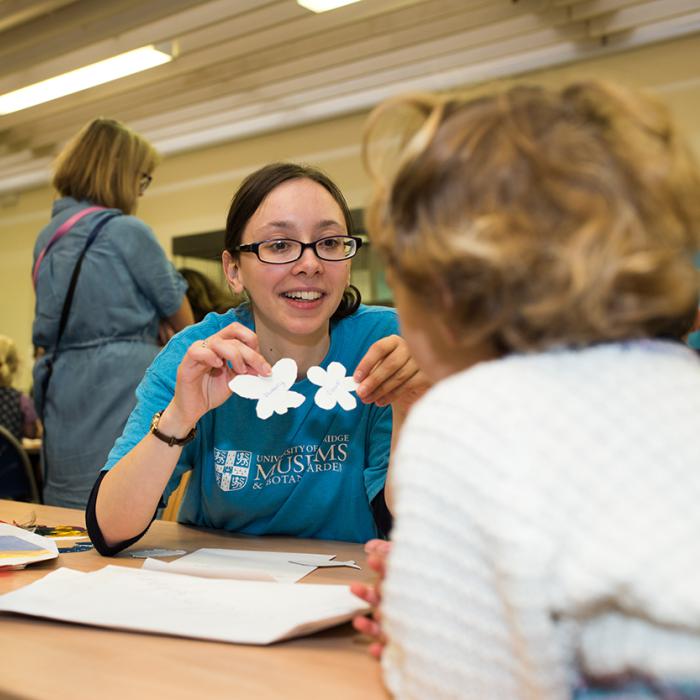Who needs an expensive fitness gadget? In this activity learn how to turn the BBC micro:bit into a personal trainer. Count the number of steps you've taken or even design your exercise routine using this tiny device.
Ages 9+
Test out your Scratch skills and enjoy some friendly competition with others along with the chance to win a prize.
Ages 8+
Learn about the origins Atari's 1980 arcade game Missile Command before jumping into Scratch development.
Ages 9+
Find out how to build your own contemporary clock in this making and programming workshop.
Ages 11+
Python is everywhere and is one of the world's most popular programming languages. It's also capable of making games, and due to its "readability", is relatively easy to do.
Join this workshop to learn some fundamentals of coding before making your own game.
Age restrictions: 12+
Some experience with coding would be beneficial
Learn about the origins Atari's 1980 arcade game Missile Command before jumping into Scratch development.
Ages 9+
Join Untitled artists Barby Asante, Appau Jnr Boakye-Yiadom, Phoebe Boswell and Kimathi Donkor for an online panel discussion around the key conditions of our time that the artists are looking at right now. The discussion will be chaired by exhibition curator Paul Goodwin.
FREE, booking required
Join Untitled artist Harold Offeh who will be discussing his new film Down at the Twilight Zone with independent curator, writer and researcher Karen Alexander in this online in conversation. The film is available to watch on our website for the duration of the exhibition.
FREE, booking required
Have you ever wondered how you make and fit a horseshoe? Come and see farrier Gavin Moody's shoeing demonstration at the museum.
Gavin Moody has 25 years’ experience as a farrier and has worked with some of horseracing’s most prestigious yards.
For further information and to book tickets in advance visit www.nhrm.co.uk.
Design and make your own beautiful clay tile with real glass tesserae to use as a hanging decoration or a coaster.
Ages 7+

